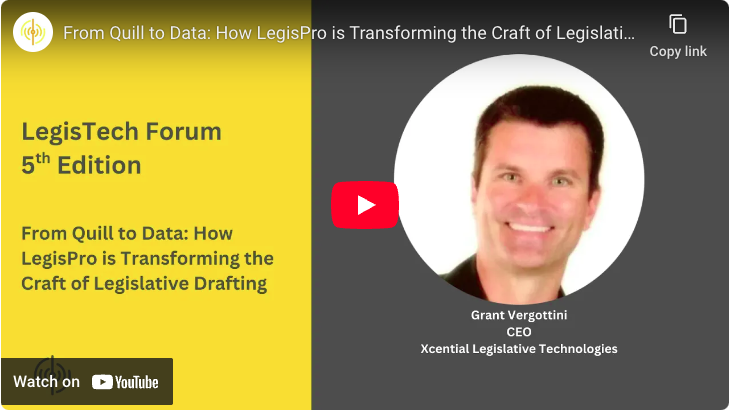Changing the way the world is governed. Together.
May 16, 2017


I’ve recently been marveling at how software development has changed in recent years. Our development processes are increasingly integrated with both our government customers and our commercial partners — using modern Agile methodologies. This largely fulfills a grand vision I was a part of very early in my career.
I started my career at the Boeing Company working on Internal Methods and Processes Development (IMPD). Very soon, the vision that came about was the idea of Concurrent Engineering where all aspects of the product development cycle, including all disciplines, all partners, and all customers, were tightly integrated in a harmonious flow of information. Of course, making the vision a reality at Boeing’s scale has taken some time. Early on, Boeing had great success on the B777 programme where the slogan was “Working Together“. A bit later, with the B787 programme where they went a few (or perhaps many) steps too far, they stumbled for a while. This was all Agile thinking — before there was anything called Agile.
Boeing’s concurrent engineering efforts quickly inspired one of Boeing’s primary CAD suppliers, Mentor Graphics. Mentor was hard at work on their second generation platform of software tools for designing electronic systems. Concurrent Engineering was a great customer-focused story to wrap around those efforts. Mentor’s perhaps arrogant tagline was “Changing the way the world designs. Together.” Inspired, I quickly joined Mentor Graphics as the product manager for data management. Soon I was to find that the magnitude of the development effort had actually turned the company sharply inward and the company had become anything but Agile. Mentor’s struggle to build a product line that marketed Concurrent Engineering became the very antithesis of the concept it touted. I eventually left Mentor Graphics in frustration and drifted away from process automation.
Now, two decades later, a remarkable thing has happened. All those concepts we struggled with way back when have finally come of age. It has become the way we naturally work — and it is something called Agile. Our development processes are increasingly integrated with both our customers and our partners around the world. Time zones, while still a nuisance, have become far less of a barrier than they once were. Our rapid development cycles are quite transparent, with our customers and partners having almost complete visibility into our repositories and databases. Tools and services like GitHub, AWS, Slack, JIRA, and Trello allow us to coordinate the development of products shared among our customers with bespoke layers built on top by ourselves and our partners.

It’s always fashionable for political rhetoric to bash the inefficiencies of big government, but down in the trenches where real work gets done, it’s quite amazing to see how modern Agile techniques are being adopted by governments and the benefits that are being reaped.
As we at Xcential strive to become great, it’s important for us to look to the future with open eyes such that we can understand how to excel. In the new world, as walls have crumbled, global integration of people and processes has become the norm. To stay relevant, we must continue to adapt to these rapidly evolving methodologies.
Our vision is to change the way the world is governed — through the application of modern automation technology. One thing is very clear, we’re going to do it together with our customers and our partners all around the world. This is how you work in the modern era.
In my next blog post, I will delve a little more into how we have been applying Agile/Scrum and the lessons we have learned.








